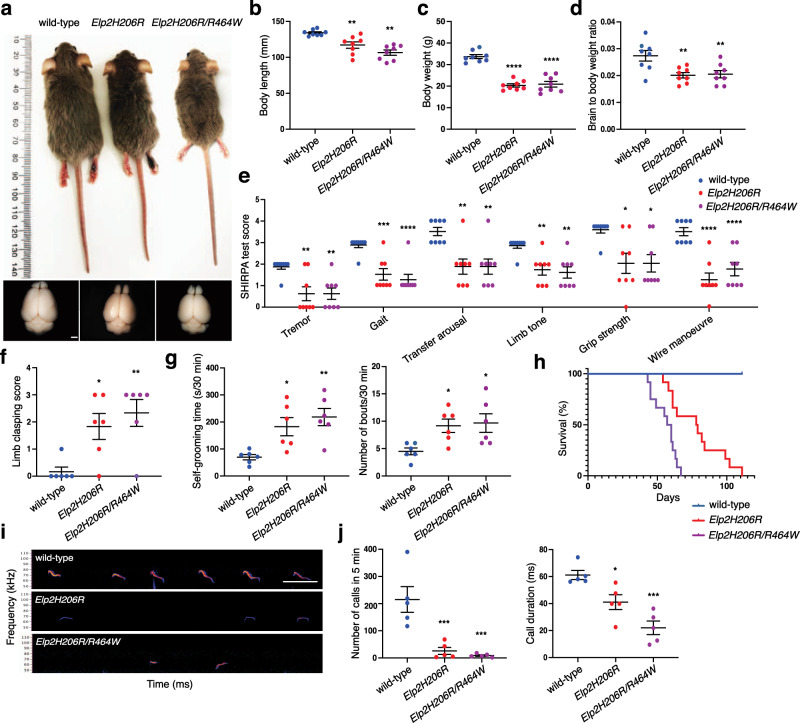Fig. 4. Developmental delay, microcephaly, motor defects, and autistic features in Elp2H206R and Elp2H206R/R464W mice.
a Appearance of an Elp2H206R homozygous and Elp2H206R/R464W compound heterozygous mouse on DBA2/J genetic background and the control littermate (upper panel), as well as their dissected brains (lower panel) at postnatal day 60 (P60). b Body length, c weight, and d relative brain weight of the indicated genotypes were quantified at P60. e Significant effects of Elp2H206R and Elp2H206R/R464W on scores for SHIRPA test at P60. f Abnormal hindlimb clasping and g repetitive self-grooming (recorded for 30 min in a home cage) shown as prolonged self-grooming time and increased number of self-grooming bouts in P60 Elp2 mutant mice vs. control littermates. For (a–e) n = 8 (four males and four females), for (f) and (g) n = 6 (three males and three females). h Kaplan–Meier curve of mouse survival (n = 12). i Representative spectrograms of ultrasonic vocalizations emitted upon separation of juvenile wild-type, Elp2H206R and Elp2H206R/R464W mouse pups from their nests at P7. j Total number and duration of ultrasonic vocalization call emitted during a 5-min recording interval (n = 5 mouse pups per genotype). Scale bars, 2 mm (a) and 100 ms (i). Statistical analysis: one-way ANOVA (α = 0.05) with a Dunnett’s post-hoc test. Statistically significant differences are indicated (*p ≤ 0.05; **p ≤ 0.01; ***p ≤ 0.001; ****p ≤ 0.0001). Data represent mean ± SEM. Source data are provided as a Source Data file.

